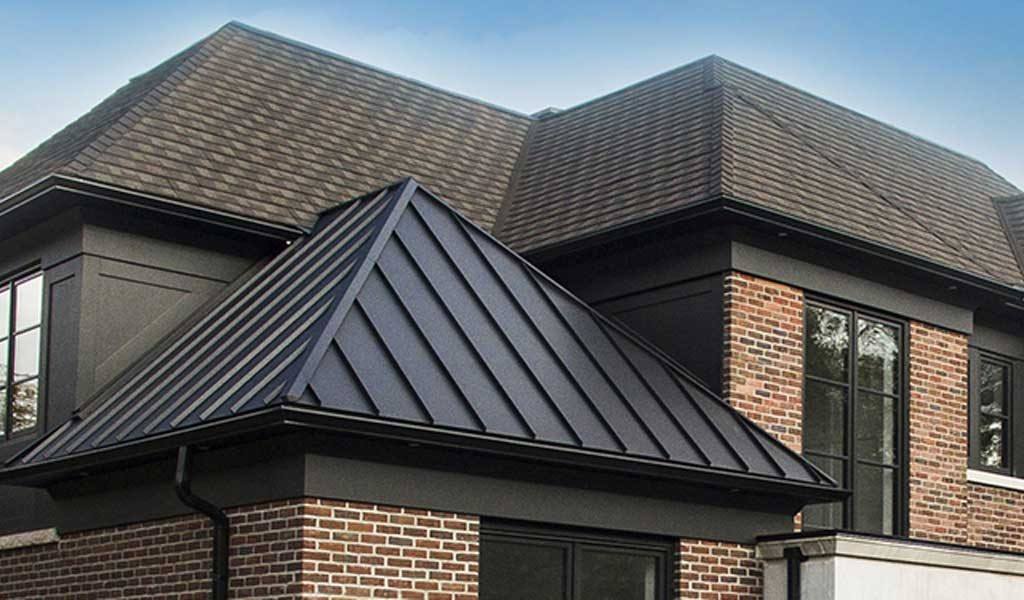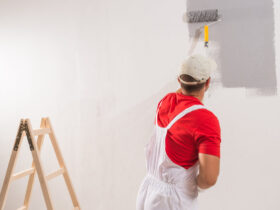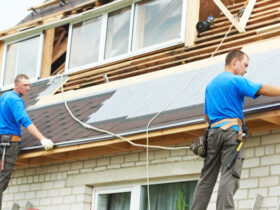Rubber roofing materials make the perfect choice to using standard shingles for flat or low-sloping roofs. Although traditional shingles may last between 15-twenty years, they are typically created from materials like asphalt, ceramic, tile, metal, slate, plus much more which materials aren’t always sufficient enough to provide extended-term protection, by having an impenetrable seal against water leaks plus much more. Furthermore they might require on-going maintenance and maintenance, which can be pricey and time-consuming. Due to this, and many more, roofing manufacturers are suffering from a completely new kind of material referred to as rubber roofing, or neoprene roofing. It is the go-to solution for promising roof repair and maintenance. Continue studying to educate yourself regarding rubber roofing which is several advantages for residential and commercial characteristics.
Rubber Roofs
Rubber roofs are produced from PVC plastic polymers or rubber polymers. Single-ply synthetic roofing is an additional term generally useful for that as well. Because these shingles can replicate slate or asphalt shingles to check out, and is easily installed over existing roofing. Roofing materials are often always measured with the square, meaning 100 square foot. For example, 4 squares of roofing material equals 400 square foot. They often can be found in rolls for flat roofs, and shingles for custom projects and repairs.
You could expect rubber roof material to cost between $300 to $400 per square, so 4 squares of neoprene roofing can comparable to $1,600 or maybe more, excluding labor and supplies. Although initially pricey, neoprene rooftops may last a home-owner two occasions as extended as traditional shingles and won’t need as much routine maintenance and repair. There are lots of more benefits of single-ply synthetic rooftop installation too!
Rubber shingles or flat rolls might be installed over existing rooftops, making the typically dreaded roof repair project considerably easier and time-consuming. Existing roofing materials are sprayed getting a roofing foam to provide a brand new surface and added installation. A water-proof membrane can be used for the entire surface before the rubber materials are positioned up. The tranquility of neoprene roof installation reduces labor and time, which cuts costs.
Also, an even more tightly sealed and secure roof means less wasted heat and air, which cuts monthly energy costs gradually and progressively, each year. Rubber roofs may also be energy-efficient because the materials used on the way reflect sun and also heat. Jetski from a home cooler in warmer climates, and reduces energy costs.
Aside easily available several benefits, neoprene roofs are excellent alternatives since they are fire-resistant and fewer inclined to hack. Their durability enables those to withstand harsh conditions and altering climates, each year.











